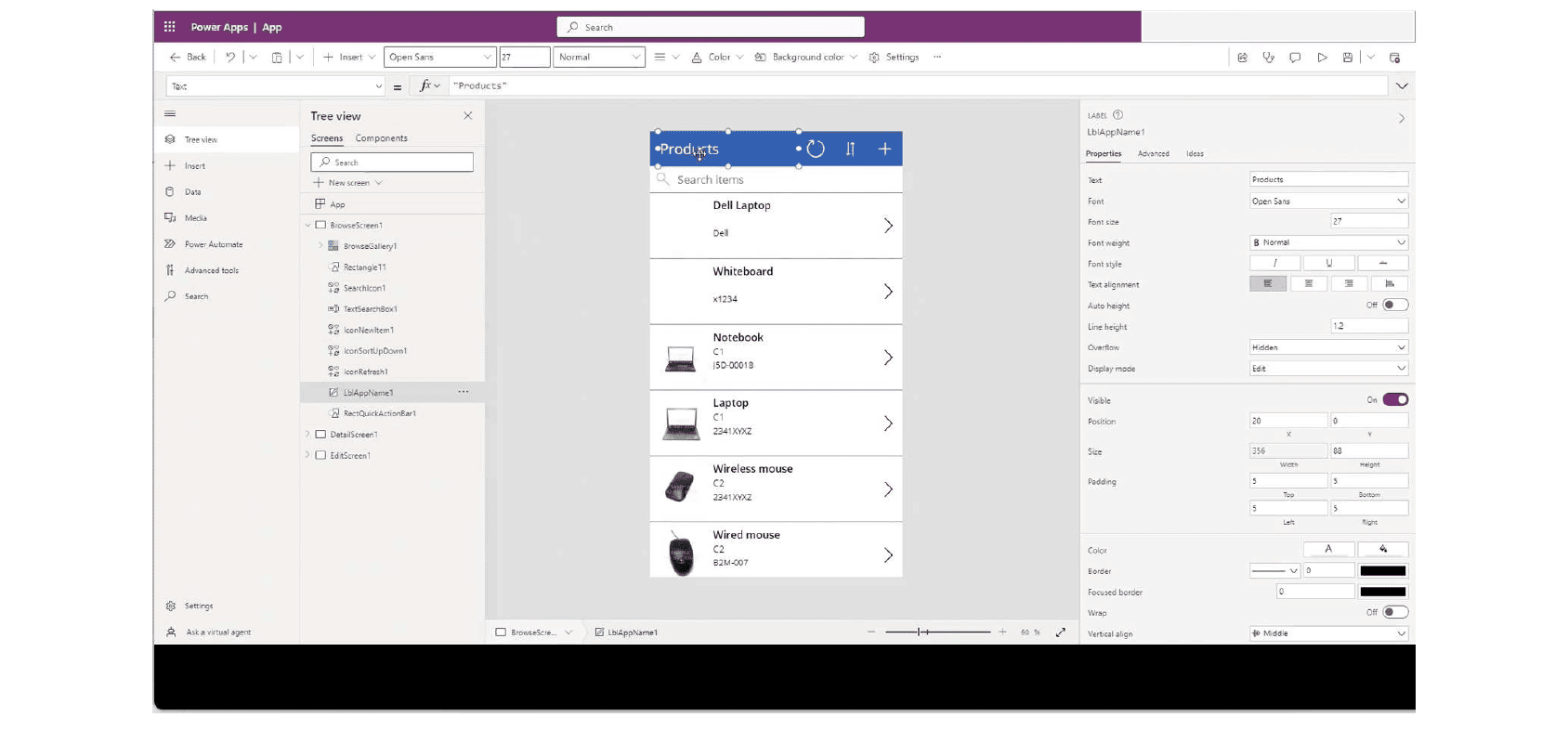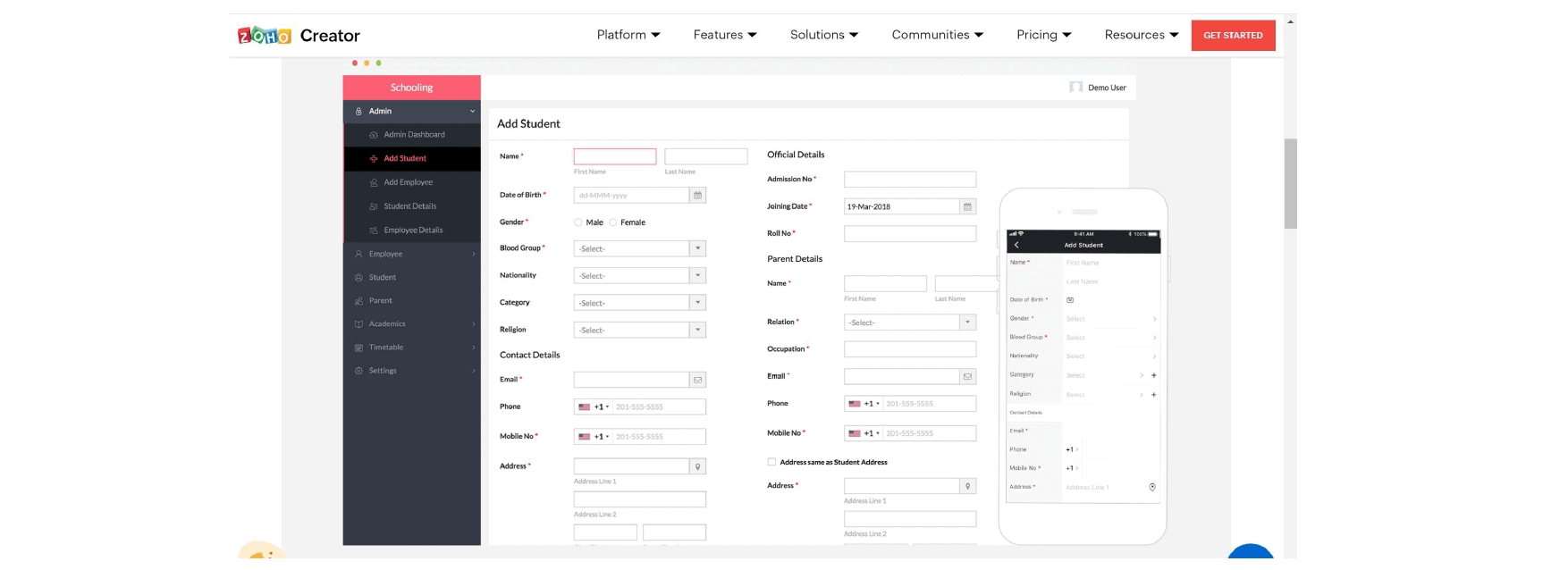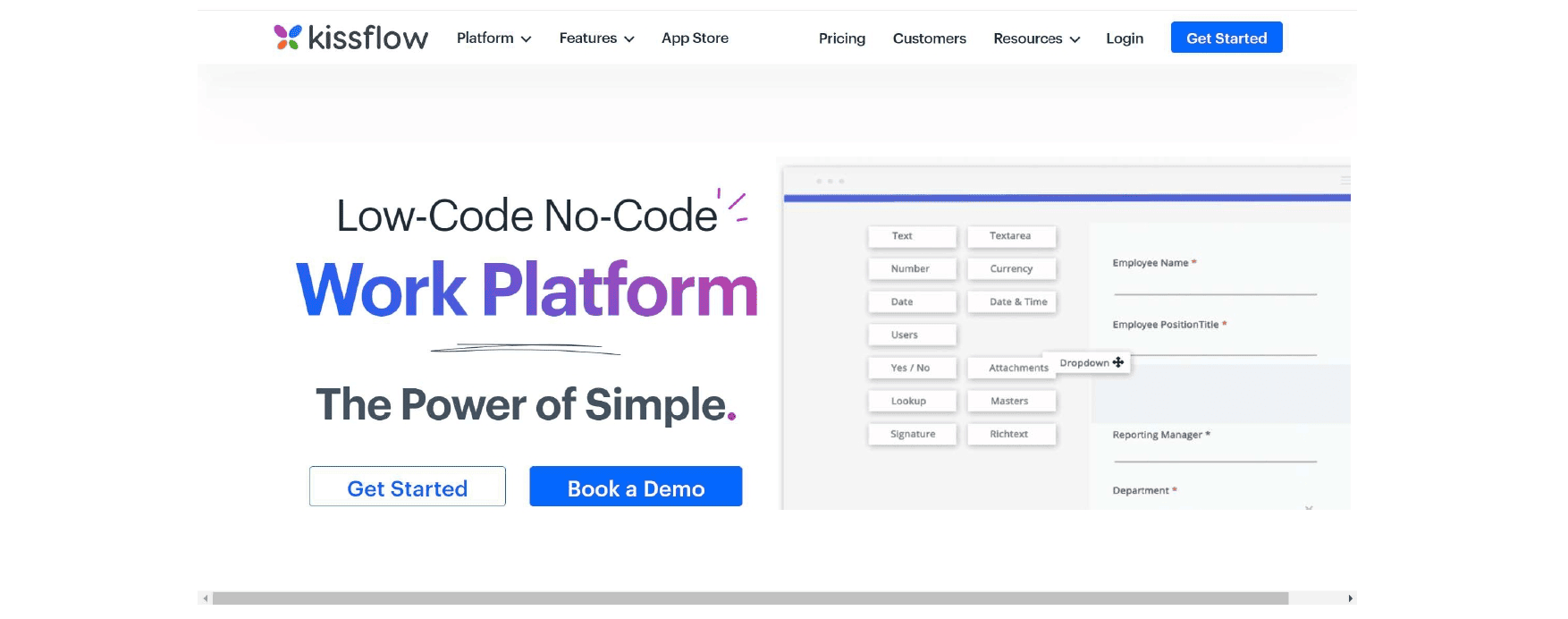1. Introduction
The concept of low-code and no-code development dates back several decades. However, it is in recent times that it started gaining high popularity. In the 1990s, businesses like Visual Basic started to offer visual programming environments making it easier for non-technical users to create their applications. These platforms are the earliest examples of low-code platforms.
In this tutorial, we’re going to discuss low-code and no-code developments. Low-code and no-code solutions didn’t truly take off until cloud computing and mobile devices grew in the early 2010s. It is currently a fast-expanding sector, with numerous businesses providing various tools and platforms for customized apps. We will also discuss some tools and platforms for low and no-code development.
2. Low-code and No-code (LC/NC) Development
In response to the increasing need for customized software applications across various industries, NC/LC development arose. Businesses and organizations of all sizes have discovered the potential of custom software to improve their operations and better serve their consumers as technology has increased. However, custom software development and upkeep may be time-consuming and expensive. It requires the skills of qualified software developers. Here, low-code and no-code tools come into play. It allows non-technical users to create and modify their apps without knowing how to code.
2.1. No-code Development
No-code development aims to give users the tools and platforms they need to build and customize apps without having to write any code. These technologies frequently make it simple for users to construct complicated systems without programming expertise by utilizing visual interfaces, drag-and-drop capability, and pre-built templates and modules. No-code development allows anyone to create customized software applications regardless of technical proficiency. Businesses and organizations that need to swiftly develop and deploy unique apps but lack the time or money to dedicate to hiring and educating a staff of developers may find this helpful.
2.2. Low-code Development
Low-code development is very similar to no-code development, enabling users to construct complex systems without the need for programming expertise by utilizing visual interfaces – a drag-and-drop capability, and pre-built templates and modules. In low-code development, coding may be allowed or required at a minimal level.
3. When Is NC/LC Development Applicable?
There are some situations where a software developer may not be necessary. Hence, NC/LC can be a good option in such circumstances. Typical instances include:
- Rapid prototyping: No-code and low-code platforms can be helpful in quickly building prototypes or simple applications. They often have pre-built templates and drag-and-drop functionality, allowing users to create an application without writing code
- Building simple applications: No-code and low-code platforms can help create simple applications that do not require a high level of customization or integration with other systems
- For non-technical users: NC/LC development can be a good option for non-technical users who want to build an application but do not have programming skills
- As a starting point for a larger project: No-code and low-code platforms can be used as a starting point for a larger project, allowing users to build a basic version of an application and then add custom functionality or integrations as needed with the help of a software developer
- Trying a new idea: When a company needs to quickly try a novel idea without spending money on a large-scale development effort. Especially when the focus is not on the app but instead on the business idea, NC/LC tools can offer a reasonably priced and effective option
4. When Is Code-Based Development Necessary?
With the widespread popularity of this concept, developers also have growing concerns about whether these tools and platforms will replace the need for software developers.
Although there are several scenarios when low and no code development can be applicable, several occasions may demand or necessitate the role of software developers. Some instances that may require a developer include:
- When building complex software systems: Software developers are necessary when building software systems that require a high level of customization or have many interconnected components. No-code and low-code platforms may not have the flexibility or capabilities to handle these projects
- When building software from scratch: Starting a project without pre-existing code or templates requires a software developer to create the foundation for the application
- When integrating with other systems: Integrating an application with other systems or APIs will likely need a software developer to handle the integration. No-code and low-code platforms may not have the necessary functionality or flexibility to address these integrations
- When building custom functionality: To build custom functionality that is not available in a no-code or low-code platform will require a software developer to create such functionality
- When building mission-critical applications: In some cases, such as when building applications used in a critical business process or that will handle sensitive data, it may be necessary to have a software developer to ensure the security and reliability of the application. No-code and low-code platforms may not have the required controls or safeguards to handle these applications
5. Examples of NC/LC Development Platforms/Tools
5.1. Microsoft PowerApps
Microsoft PowerApps is a low-code platform that allows users to create unique apps for various reasons, including data collecting, business process automation, and interaction with other business systems and services. It allows users to construct apps by picking from various pre-built templates or beginning from scratch and building their original layouts and features using a drag-and-drop interface. Applications from Power Apps are accessible via a web browser or a mobile device. Also, it allows connection with numerous data sources, including Excel, SharePoint, Dynamics 365, and other cloud-based services:

PowerApps is a component of the Microsoft Power Platform, with Microsoft Flow and Power BI. These technologies may be used in conjunction with one another to provide comprehensive solutions for automating business operations, analyzing data, and producing interactive dashboards and reports.
5.2. Zoho Creator
Zoho Creator is a platform for building custom applications and integrations using a visual editor and pre-built templates. Zoho Creator is an NC/LC development platform that enables users to create custom applications with little or no coding knowledge. The simple drag-and-drop interface enables developers and business users to quickly create web and mobile applications that meet their specific needs:

5.3. KissFlow
KissFlow is a cloud-based no-code and low-code platform that enables users to build and deploy unique business apps without writing code. To assist users in designing and customizing their apps, the platform offers a variety of pre-built templates and components and a visual drag-and-drop editor:

5.4. Others
We also list some other platforms for building:
- AppSheet: mobile and web applications without writing code
- Bubble: web applications using a visual programming language
- Webflow: websites and web applications using a visual editor
- Knack: custom databases and applications without writing code
- Mendix: custom applications and integrations using a visual editor and pre-built templates
- Appian: custom applications and integrations using a visual editor and pre-built templates
Note that most of the platforms allow both no-code and low-code development.
6. Pros and Cons
No-code and low-code development hold several advantages:
- Quick and easy development: NC/LC platforms can allow users to build applications quickly and easily without extensive programming knowledge
- Reduced development costs: Using a no-code or low-code platform can potentially reduce development costs, as hiring a team of software developers or purchasing expensive development tools may not be necessary
- Accessibility for non-technical users: No-code and low-code platforms can make it possible for non-technical users to build applications, as they do not require programming skills
- Ability to prototype and test ideas: No-code and low-code platforms can be helpful for quickly prototyping and trying ideas, allowing users to quickly build and iterate on prototypes before committing to a full-fledged software development project
While no-code and low-code development can be helpful in many situations, there are also limitations to these approaches:
- Limited ability to integrate: No-code and low-code platforms may not have the same integration capabilities as custom-built software, limiting the ability to connect the application to other systems or APIs
- Limited flexibility and capabilities: NC/LC platforms may not have the flexibility or abilities to handle complex or customized requirements or to work with specific programming languages or technologies
- Low scalability and performance: They may lack the ability to scale as effectively or have the same level of performance as custom-built software
- Limited security and control: NC/LC platforms may not have the same protection or control over the underlying code as custom-built software
- Dependence on the platform: Using a no-code or low-code platform can result in reliance on the platform for maintenance and development
- Low optimization ability: NC/LC platforms may not have the same level of optimization tools and capabilities as custom-built software, which can affect the performance and scalability of the application
7. Conclusion
In this article, we described the concept of low-code and no-code development. We also discussed instances it can be considered a good option and instances that may necessitate hiring the service of a software developer. Additionally, we discussed the advantages and limitations of low and no-code development.
Finally, the project’s specific needs and the development team’s resources will determine whether to use a software developer or a no-code or low-code platform. To determine the best approach for a project, one may want to consult with a software developer or a development team.